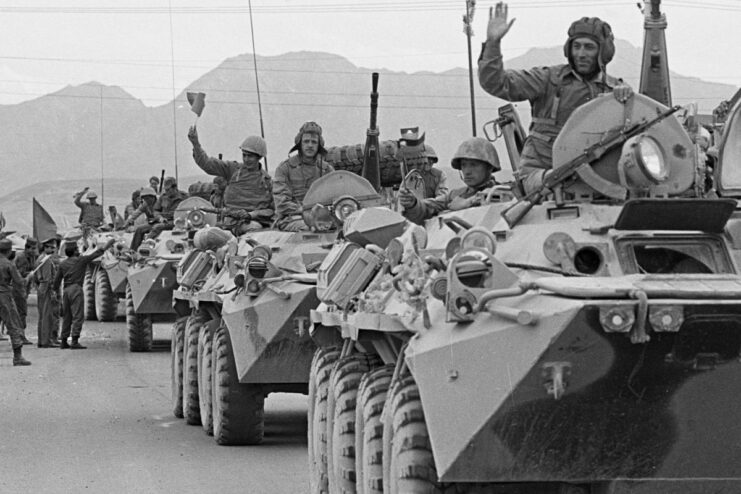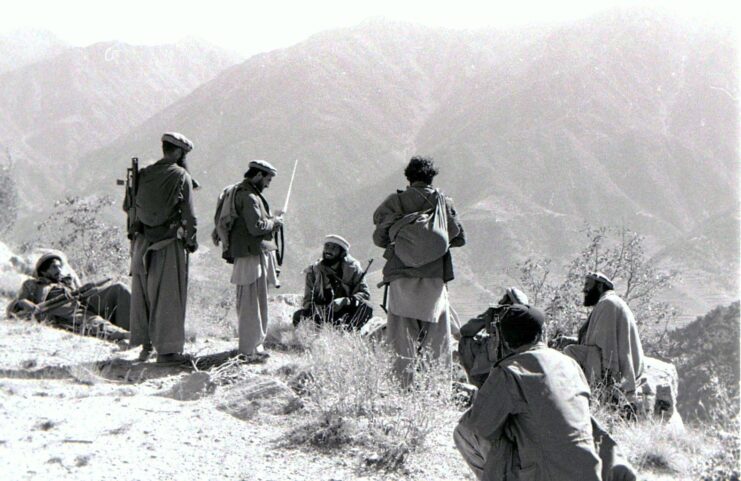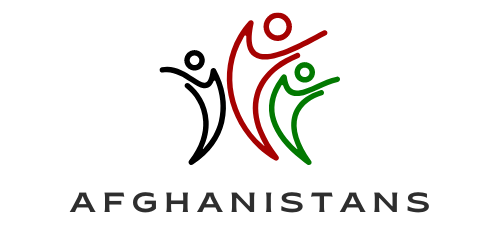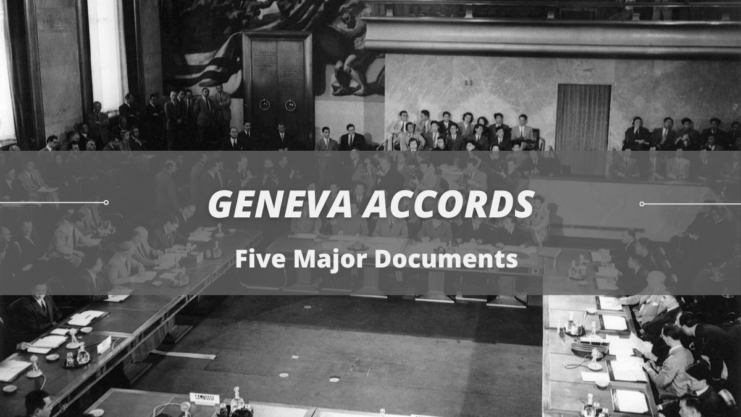By the mid-1980s, the tenacious Afghan resistance movement–aided by the United States, Saudi Arabia, Pakistan, and others–was exacting a high price from the Soviets, both militarily within Afghanistan and by souring the U.S.S.R.’s relations with much of the Western and Islamic world.
Although informal negotiations for a Soviet withdrawal from Afghanistan had been underway since 1982, it was not until 1988 that the Governments of Pakistan and Afghanistan, with the United States and the Soviet Union serving as guarantors, signed an agreement settling the major differences between them.
The agreement, known as the Geneva accords, included five major documents, which, among other things, called for U.S. and Soviet noninterference in the internal affairs of Pakistan and Afghanistan, the right of refugees to return to Afghanistan without fear of persecution or harassment, and, most importantly, a timetable that ensured full Soviet withdrawal from Afghanistan by February 15, 1989.
About 14,500 Soviet and an estimated one million Afghan lives were lost between 1979 and the Soviet withdrawal in 1989.

Significantly, the mujahidin were neither party to the negotiations nor to the 1988 agreement and, consequently, refused to accept the terms of the accords. As a result, the civil war continued after the Soviet withdrawal, which was completed in February 1989.
Najibullah’s regime, though failing to win popular support, territory, or international recognition, was able to remain in power until 1992 but collapsed after the defection of Gen.
Abdul Rashid Dostam and his Uzbek militia in March. However, when the victorious mujahidin entered Kabul to assume control over the city and the central government, a new round of internecine fighting began between the various militias, which had coexisted only uneasily during the Soviet occupation.
With the demise of their common enemy, the militias’ ethnic, clan, religious, and personality differences surfaced, and the civil war continued.
Seeking to resolve these differences, the leaders of the Peshawar-based mujahidin groups established an interim Islamic Jihad Council in mid-April to assume power in Kabul. Moderate leader Prof. Sibghatullah Mojaddedi was to chair the council for 2 months, after which a 10-member leadership council composed of mujahidin leaders and presided over by the head of the Jamiat-i-Islami, Prof. Burhanuddin Rabbani, was to be set up for 4 months.
During this 6-month period, a Loya Jirga, or grand council of Afghan elders and notables, would convene and designate an interim administration that would hold power for up to a year, pending elections.

But in May 1992, Rabbani prematurely formed the leadership council, undermining Mojaddedi’s fragile authority. In June, Mojaddedi surrendered power to the Leadership Council, which then elected Rabbani as President. Nonetheless, heavy fighting broke out in August 1992 in Kabul between forces loyal to President Rabbani and rival factions, particularly those who supported Gulbuddin Hekmatyar’s Hezb-i-Islami.
After Rabbani extended his tenure in December 1992, fighting in the capital flared up in January and February 1993. The Islamabad Accord, signed in March 1993, which appointed Hekmatyar as Prime Minister, failed to have a lasting effect. A follow-up agreement, the Jalalabad Accord, called for the militias to be disarmed but was never fully implemented.
Through 1993, Hekmatyar’s Hezb-i-Islami forces, allied with the Shi’a Hezb-i-Wahdat militia, clashed intermittently with Rabbani and Masood’s Jamiat forces. Cooperating with Jamiat were militants of Sayyaf’s Ittehad-i-Islami and, periodically, troops loyal to ethnic Uzbek strongman Abdul Rashid Dostam.
On January 1, 1994, Dostam switched sides, precipitating large-scale fighting in Kabul and in northern provinces, which caused thousands of civilian casualties in Kabul and elsewhere and created a new wave of displaced persons and refugees.
The country sank even further into anarchy, forces loyal to Rabbani and Masood, both ethnic Tajiks, controlled Kabul and much of the northeast, while local warlords exerted power over the rest of the country.

